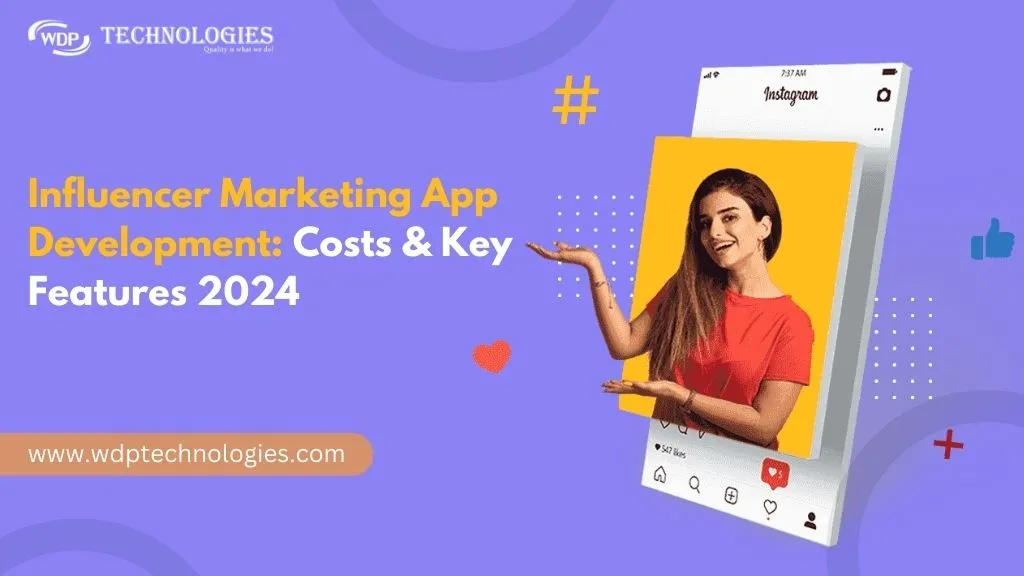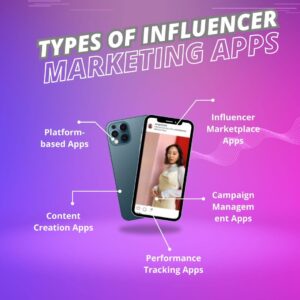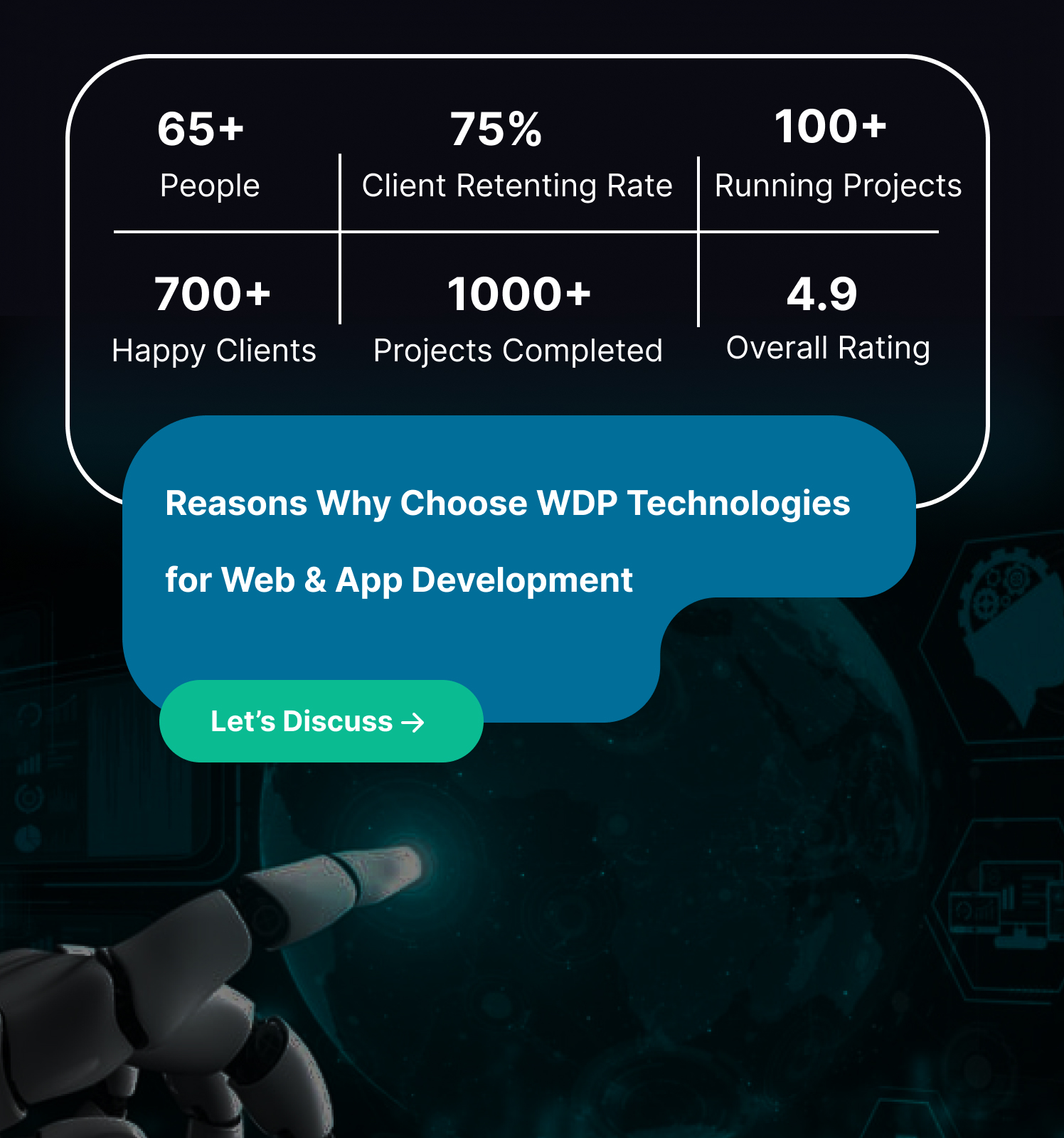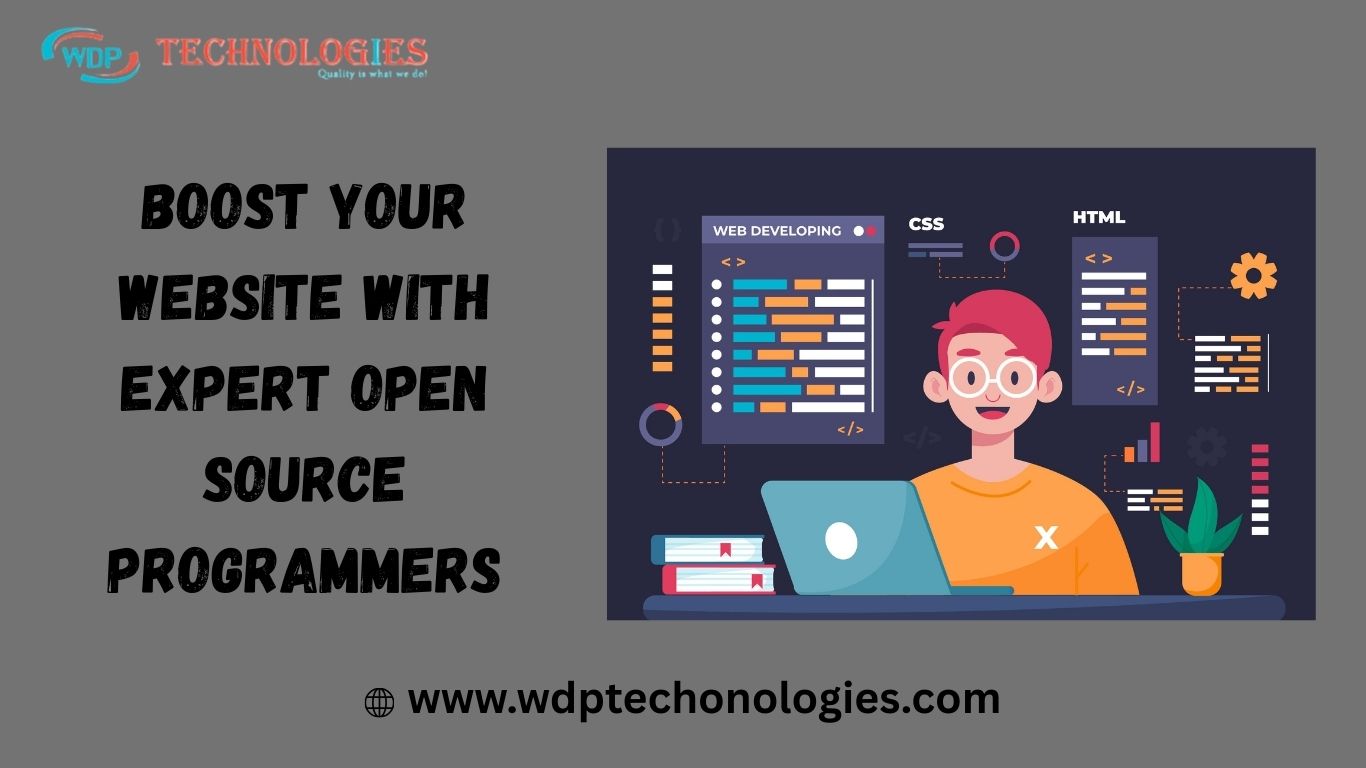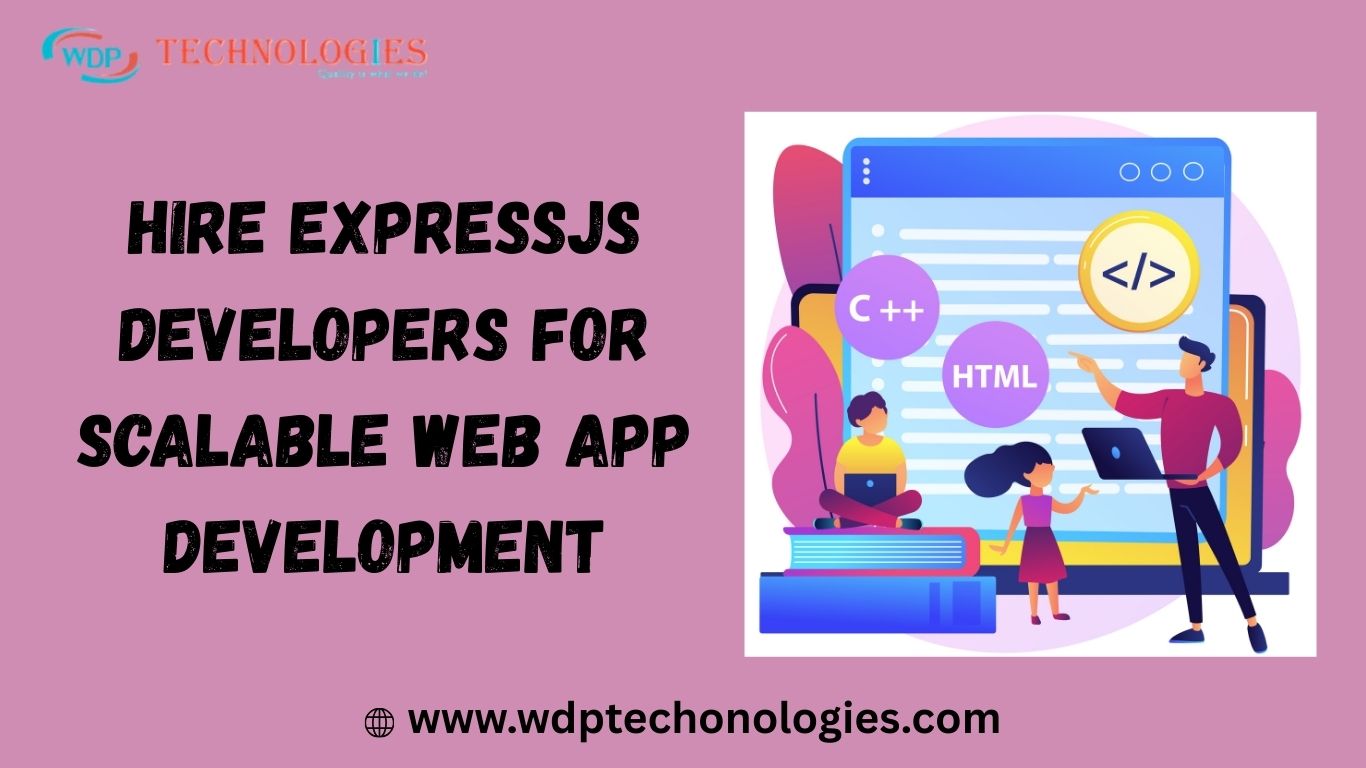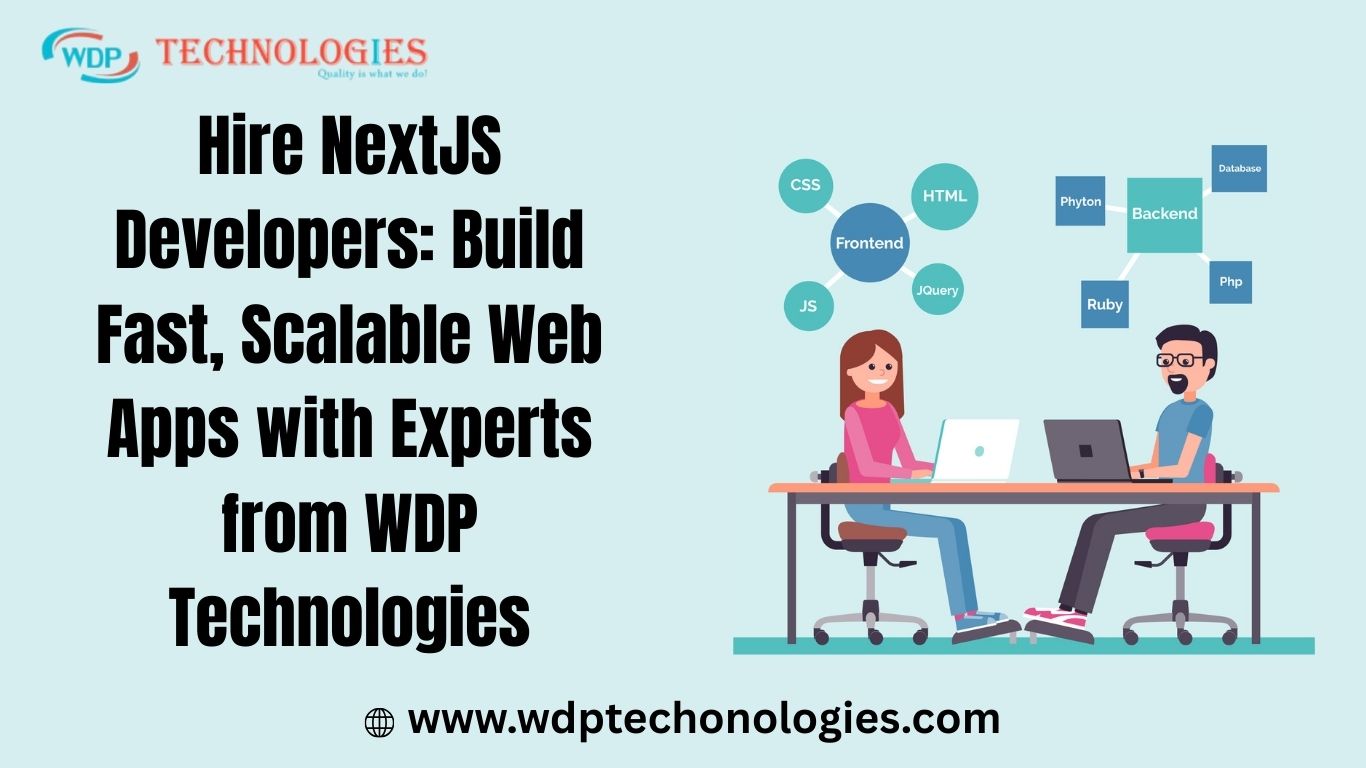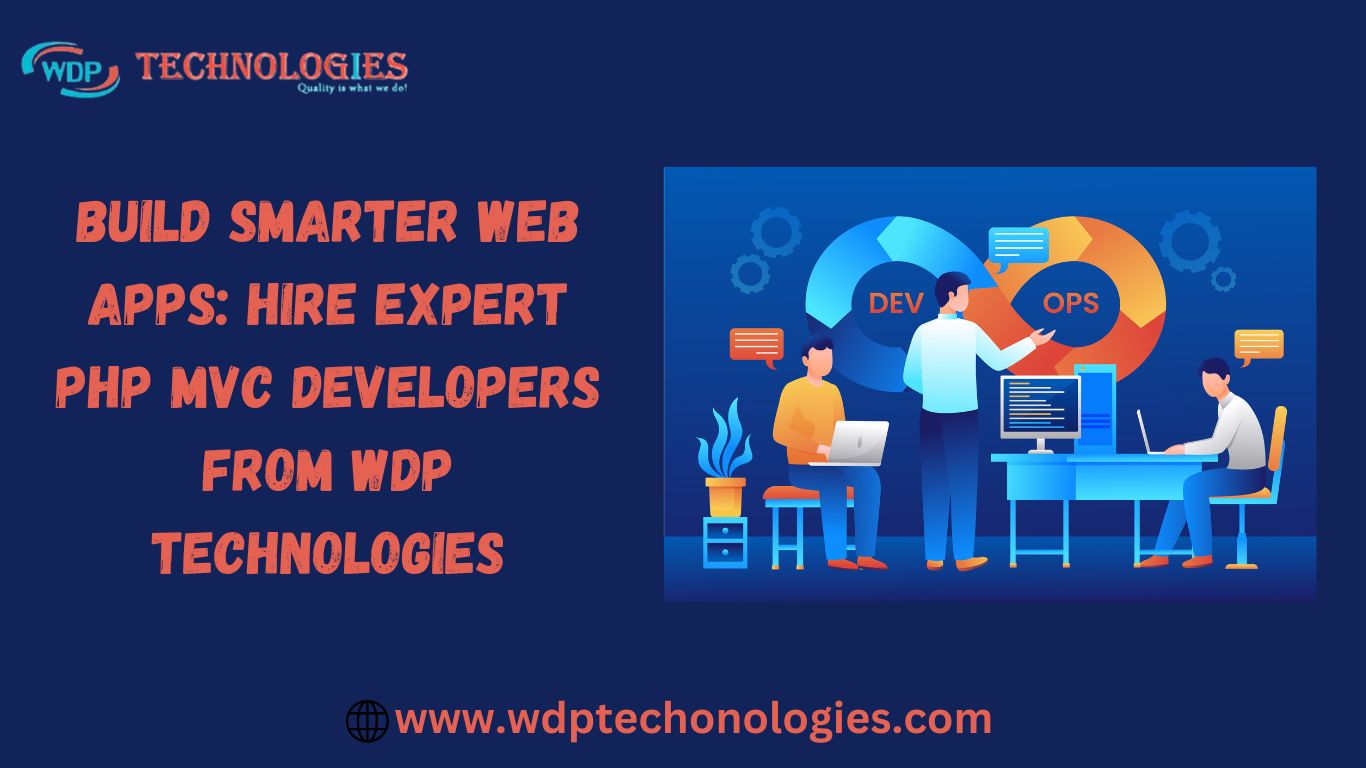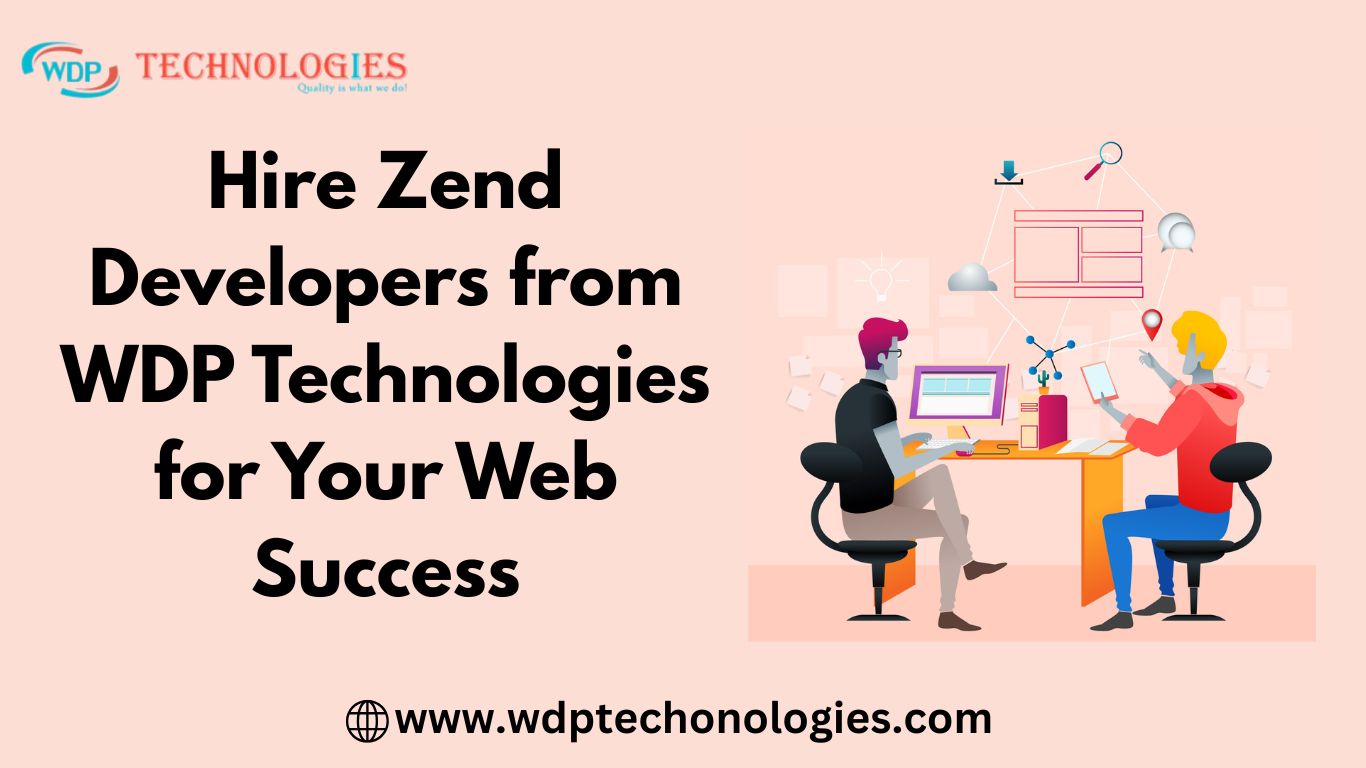In the dynamic world of digital marketing, influencer marketing has emerged as a powerful strategy to connect brands with their target audience. As the popularity of influencer collaborations continues to rise, businesses are increasingly recognizing the need for a dedicated platform to streamline and enhance their influencer marketing efforts. This realization has given rise to the development of influencer marketing apps. In this blog post, we’ll dive into the key features and associated costs for influencer marketing app development.
Understanding Influencer Marketing Apps
Influencer marketing apps are the hot new matchmakers in the digital world, pairing brands with social media stars for mutually beneficial partnerships. Think of them as streamlined platforms that take the hassle out of finding the right influencer, crafting campaigns, and measuring success. They help brands discover relevant influencers based on audience demographics and interests, manage campaigns from start to finish, and track performance through detailed analytics.
With features like secure payment tools and even AI-powered influencer matching, these apps make influencer marketing more efficient, transparent, and effective for both brands and the stars they collaborate with. Whether you’re a global brand or a local business, there’s an app out there to help you leverage the power of influencer marketing and reach your target audience in a fresh, engaging way. So, dive in, explore the options, and get ready to take your brand to the next level!
Rise of Influencer Marketing App Development
The rise of influencer marketing is undeniable, and it’s driving a parallel boom in the development of specialized influencer marketing apps. Here are some key data points and statistics that highlight this trend:
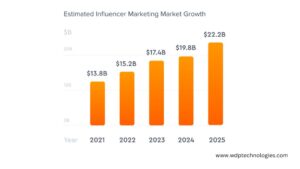
Market Growth:
- The global influencer marketing market size reached a staggering $21.1 billion in 2023, with a projected growth rate of 13.1% annually until 2028. (Source: Influencer Marketing Hub)
- This explosive growth signifies the increasing reliance of brands on influencer partnerships for brand awareness, engagement, and sales.
App Development Surge:
- The demand for influencer marketing apps is skyrocketing, reflected in the sharp increase in app downloads for existing platforms like AspireIQ, HypeAuditor, and Influenster.
- A 40% rise in influencer marketing software searches further underlines the growing interest in app-based solutions.
Platform Popularity:
- Instagram remains the dominant platform for influencer marketing, with around 87% of influencers collaborating with brands through this platform.
- However, other platforms like TikTok, YouTube, and Twitch are gaining traction, especially among younger demographics. This diversified landscape creates demand for apps that cater to various platforms.
Top 5 Types of Influencer Marketing Apps
1. Platform-based Apps:
These apps focus on specific social media platforms like Instagram, YouTube, TikTok, etc. They provide tools for finding, connecting with, and managing influencers within those platforms. Examples include Instagram influencer search tools like Upfluence and Heepsy.
2. Influencer Marketplace Apps:
These platforms act as marketplaces where brands and influencers can connect and collaborate. They offer features for discovering influencers, negotiating deals, and managing campaigns. Examples include AspireIQ and Influence.co.
3. Content Creation Apps:
These apps empower influencers to create high-quality content easily. They provide tools for photo editing, video editing, graphic design, and more. Examples include Adobe Creative Cloud, Canva, and InShot.
4. Campaign Management Apps:
These apps are designed for brands and agencies to manage influencer marketing campaigns efficiently. They offer features such as influencer discovery, campaign tracking, performance analytics, and payment management. Examples include Traackr and Julius.
5. Performance Tracking Apps:
These apps focus on tracking the performance and effectiveness of influencer marketing campaigns. They provide real-time analytics, including engagement metrics, reach, conversions, and ROI. Examples include CreatorIQ and Socialbakers.
Key Features of Influencer Marketing App Development:
Certainly! Let’s delve deeper into the key features of Influencer Marketing App Development:
1) User Authentication and Profiles:
Secure Authentication: Employ robust authentication methods, including two-factor authentication, to ensure the secure access of influencers and brands.
Customizable Profiles: Enable users to create and customize their profiles, showcasing their work, achievements, and other relevant information.
Verification Processes: Implement verification mechanisms to authenticate the identity of influencers and maintain the authenticity of the platform.
2) Content Creation and Management:
In-App Editing Tools: Provide tools within the app for influencers to enhance their content before sharing it with their audience.
Integration with External Apps: Facilitate integration with popular external content creation apps, streamlining the workflow for influencers.
High-Quality Media Uploads: Support the upload of high-resolution images and videos, ensuring optimal presentation of influencer content.
3) Campaign Management:
Intuitive Campaign Creation: Design user-friendly campaign creation wizards to guide influencers and brands through the process of setting up effective campaigns.
Target Audience Specification: Allow users to define and target specific audience demographics for each campaign.
Budgeting and Resource Allocation: Provide tools for setting budgets, allocating resources, and estimating campaign costs.
4) Tracking and Analytics:
Real-Time Analytics Dashboards: Offer real-time insights into campaign performance metrics, allowing users to monitor the success of their campaigns.
Engagement Metrics Monitoring: Track and analyze engagement metrics such as likes, shares, comments, and other interactions to measure audience engagement.
Conversion Tracking and Attribution: Implement features to measure the impact of influencer content on conversions and attribute success to specific influencers.
5) Communication Features:
In-App Messaging Systems: Facilitate direct communication between influencers and brands within the app, enhancing collaboration.
Collaboration Spaces: Provide virtual spaces where influencers and brands can collaborate on campaign details and share ideas.
Real-time Notifications: Keep users informed with real-time notifications for important updates, messages, and campaign milestones.
6) Security and Privacy Measures:
Data Encryption: Ensure secure data transmission and storage by implementing encryption practices.
Access Controls: Define role-based access controls to manage user permissions and restrict access based on roles.
Compliance with Regulations: Adhere to data protection regulations to safeguard user information and maintain legal compliance.
7) Integration of APIs:
Seamless Integration: Connect the app with social media platforms through APIs, allowing for seamless sharing of content and campaign management.
Social Listening and Trend Analysis: Leverage social media APIs for monitoring trends and audience sentiments, enhancing campaign strategy.
Integration with Analytics Tools: Connect with analytics platforms through APIs to gain in-depth insights into campaign performance.
8) Niche & Micro-Influencer Support:
Specialized Features: Incorporate features that cater to niche industries or specific types of influencers, addressing their unique needs.
Micro-Influencer Tools: Provide specialized tools for engaging with micro-influencers, recognizing the value of smaller but highly engaged audiences.
9) Gamification Elements:
Engagement Boosters: Integrate gamified elements to boost user engagement and encourage influencers to actively participate in campaigns.
Reward Systems: Implement reward systems for influencers achieving specific campaign milestones, fostering a sense of accomplishment.
10) Advanced Search & Recommendation Engines:
Robust Search Functionalities: Develop powerful search functionalities to help brands discover influencers based on various criteria.
Recommendation Engines: Utilize recommendation algorithms to suggest ideal influencers for specific campaigns, enhancing the matching process.
11) Collaborative Content Planning:
Tools for Collaboration: Provide tools that facilitate collaborative content planning, allowing influencers and brands to work together seamlessly.
Shared Calendars: Include shared calendars and content calendars for effective planning and coordination.
12) Data Export and Reporting:
Export Capabilities: Allow users to export campaign data and analytics for further analysis or reporting purposes.
Custom Reporting Features: Enable the generation of custom reports based on specific user needs, providing tailored insights.
These features collectively contribute to the development of a comprehensive and effective Influencer Marketing App, providing a seamless experience for influencers and brands in their collaborative marketing endeavors.
Technology Stack for Influencer Marketing App Development
1) Front-end Development
a. User Interface (UI) Design:
Responsive Design: Develop a UI that seamlessly adapts to various devices, ensuring a consistent and user-friendly experience.
Intuitive Navigation: Implement easy-to-use navigation menus and controls for effortless exploration within the app.
Visual Appeal: Incorporate visually appealing design elements that align with the brand identity and resonate with the target audience.
b. User Experience (UX) Considerations:
User Flow Optimization: Design an intuitive user flow to guide users through the app’s features and functionalities logically.
Personalization: Integrate features that allow users to personalize their experience, such as customizable dashboards and content recommendations.
Accessibility: Ensure accessibility for users with disabilities, making the app inclusive and compliant with accessibility standards.
2) Back-end Development
a. Database Management:
Scalable Database Structure: Design a scalable and efficient database structure to handle growing volumes of user data and content.
Data Security: Implement robust security measures, including encryption and access controls, to protect user data from unauthorized access.
Data Backup and Recovery: Establish regular backup protocols to prevent data loss and facilitate efficient recovery in case of any issues.
b. Server-Side Logic:
Optimized Server Architecture: Utilize a scalable server architecture to handle concurrent user requests and ensure optimal performance.
Authentication and Authorization: Implement secure authentication and authorization mechanisms to control user access and protect sensitive data.
Task Automation: Incorporate task automation for routine processes, such as data updates, notifications, and scheduled tasks.
c) Integration of APIs
a. Social Media APIs:
Authentication Integration: Implement secure authentication mechanisms to connect the app with various social media platforms seamlessly.
Content Sharing: Utilize APIs to enable influencers to share their content directly from the app to different social media channels.
Real-Time Data Retrieval: Integrate real-time data retrieval from social media APIs to provide up-to-date insights on influencer performance.
b. Analytics and Reporting APIs:
Integration with Analytics Tools: Connect the app with analytics platforms using APIs to retrieve and display comprehensive campaign performance metrics.
Custom Reporting Capabilities: Utilize reporting APIs to allow users to generate custom reports based on specific key performance indicators.
Data Visualization: Implement data visualization tools to present analytics data in a visually compelling and understandable format.
This technology stack forms the foundation for an Influencer Marketing App, combining a visually appealing and intuitive front-end with a robust and secure back-end, and integrating essential APIs to enhance functionality and provide valuable insights to users.
Influencer Marketing App Development Costs
The cost of developing an influencer marketing app can vary greatly depending on several factors, including:
Complexity of features: The more features you want, the higher the development cost. Basic features like influencer search, campaign management, and analytics will cost less than complex features like AI-powered influencer matching or real-time performance tracking.
Platform: Developing for iOS and Android will generally be more expensive than focusing on just one platform.
Development team: Hiring an in-house team will be more expensive than outsourcing to development agency.
Design and UX: A well-designed app with a user-friendly interface will cost more than a basic app.
Here’s a rough estimate:
- Basic app: $20,000 – $50,000
- Standard app: $50,000 – $100,000
- Complex app: $100,000+
Challenges and Solutions in Influencer Marketing App Development
a. Identifying and Onboarding Influencers
Challenge: Diverse User Base
Solution: Implement a user-friendly onboarding process with clear instructions, catering to influencers from various industries and experience levels.
Challenge: Competition for Influencers
Solution: Offer unique incentives, such as advanced analytics tools or collaboration features, to attract influencers to your platform.
Challenge: Streamlining Verification
Solution: Develop a robust verification process that balances efficiency with accuracy, ensuring authentic influencers are onboarded.
b. Ensuring Data Security and Privacy
Challenge: Data Breaches
Solution: Employ encryption protocols, conduct regular security audits, and stay compliant with data protection regulations to minimize the risk of data breaches.
Challenge: Influencer Data Privacy Concerns
Solution: Clearly communicate privacy policies, provide granular privacy settings, and seek explicit consent from influencers regarding data usage.
Challenge: Compliance with Global Regulations
Solution: Stay updated on international data protection laws, and implement features that allow users to adjust privacy settings based on their location.
c. Keeping Up with Industry Trends
Challenge: Rapid Technological Advancements
Solution: Foster an agile development environment, continuously update the app, and invest in research to stay ahead of emerging technologies in the influencer marketing space.
Challenge: Evolving Social Media Platforms
Solution: Establish flexible APIs that can adapt to changes in social media platforms and provide timely updates to accommodate new features.
Challenge: Dynamic User Preferences
Solution: Conduct regular user feedback sessions, monitor industry trends, and iterate the app based on changing user preferences.
d. User Engagement and Retention
Challenge: Retaining Influencers
Solution: Offer loyalty programs, provide exclusive features for long-term users, and maintain active communication channels to foster a sense of community.
Challenge: Balancing Brand and Influencer Interests
Solution: Facilitate transparent communication, provide a fair rewards system, and address concerns promptly to maintain a positive relationship between influencers and brands.
Challenge: Adapting to Micro-Influencer Dynamics
Solution: Develop specialized features catering to micro-influencers, emphasizing community building and engagement metrics rather than just follower count.
e. Technical Challenges
Challenge: API Integration Complexity
Solution: Engage experienced developers, thoroughly document integration processes, and conduct extensive testing to ensure seamless API connections.
Challenge: Scalability Issues
Solution: Design a scalable architecture from the outset, leverage cloud services, and continuously monitor and optimize performance as the user base grows.
Challenge: Cross-Platform Compatibility
Solution: Prioritize cross-platform compatibility during development, conducting thorough testing on various devices and operating systems to ensure a consistent user experience.
Addressing these challenges through strategic development, proactive security measures, continuous adaptation to industry trends, and a focus on user engagement can lead to the successful creation and maintenance of an Influencer Marketing App.
Case Studies for Understanding
a) Overview of Top Influencer Marketing Platforms:
AspireIQ: Renowned for its comprehensive suite of influencer marketing tools, AspireIQ offers end-to-end campaign management, robust analytics, and seamless integration with major social media platforms. Its user-friendly interface and diverse features make it a go-to choice for brands seeking effective influencer collaborations.
HypeAuditor: Specializing in influencer analytics, HypeAuditor stands out for its advanced data-driven approach. It provides in-depth audience demographics, fraud detection, and engagement metrics, empowering brands to make informed decisions when selecting influencers.
Traackr: A versatile platform, Traackr excels in identifying and managing influencer relationships. It employs sophisticated algorithms to analyze influencers’ impact and relevance, helping brands optimize their influencer marketing strategies.
b) Key Features and Success Stories:
In-depth Analytics: Successful influencer marketing apps prioritize analytics, allowing brands to measure campaign performance. For instance, Traackr’s analytics features enable brands to track ROI and engagement metrics, contributing to the success of campaigns.
Campaign Collaboration Tools: Features facilitating collaboration between brands and influencers are pivotal. AspireIQ’s success lies in its collaboration tools, streamlining communication and ensuring a seamless workflow for both parties.
Micro-Influencer Emphasis: Recognizing the value of micro-influencers, HypeAuditor’s success stories often revolve around campaigns that effectively engaged smaller but highly dedicated audiences, leading to increased brand authenticity and trust.
Future Trends in Influencer Marketing App Development
a) Artificial Intelligence (AI) Integration:
AI-Driven Influencer Matching: Future influencer marketing apps are likely to integrate AI algorithms for more precise influencer matching, considering factors beyond demographics to analyze content relevance and audience sentiment.
Automated Campaign Optimization: AI can automate campaign optimization by analyzing real-time data, helping brands make swift adjustments to enhance engagement and achieve better ROI.
b) AR and VR Experiences:
Immersive Content Experiences: The integration of AR and VR will allow influencers to create immersive and interactive content experiences, providing audiences with a deeper connection to brands and products.
Virtual Try-Ons and Product Placements: AR can enable virtual try-ons for fashion influencers, and VR experiences can incorporate virtual product placements, enhancing the overall storytelling aspect of influencer campaigns.
As influencer marketing continues to evolve, these emerging trends indicate a shift towards more personalized, data-driven strategies and immersive content experiences, propelled by advanced technologies like AI, AR, and VR. Influencer marketing apps that embrace these trends are likely to stay at the forefront of the industry.
Why Choose WDP For Influencer Marketing App Development
Choosing WDP Technologies for influencer marketing app development offers a host of advantages essential for success in this dynamic industry. WDP’s unparalleled customization capabilities empower developers to craft unique and engaging experiences tailored to the specific needs of influencer marketing platforms. Scalability is key in influencer marketing, where rapid user growth is common, and WDP ensures seamless expansion to accommodate increasing traffic and functionality demands. Cross-platform compatibility provided by WDP ensures widespread accessibility, reaching users across web, iOS, and Android platforms.
Conclusion:
The rise of Influencer Marketing App Development is a testament to the evolution of marketing strategies in the digital age. As brands seek more personalized and authentic ways to connect with their audience, influencer marketing, coupled with dedicated apps, is set to play an increasingly pivotal role. These apps not only address the logistical challenges of influencer collaborations but also contribute to the growth and professionalization of the influencer marketing industry as a whole. As we move forward, the synergy between brands and influencers, facilitated by these innovative apps, is poised to reshape the marketing landscape, offering exciting possibilities for businesses and content creators alike.

